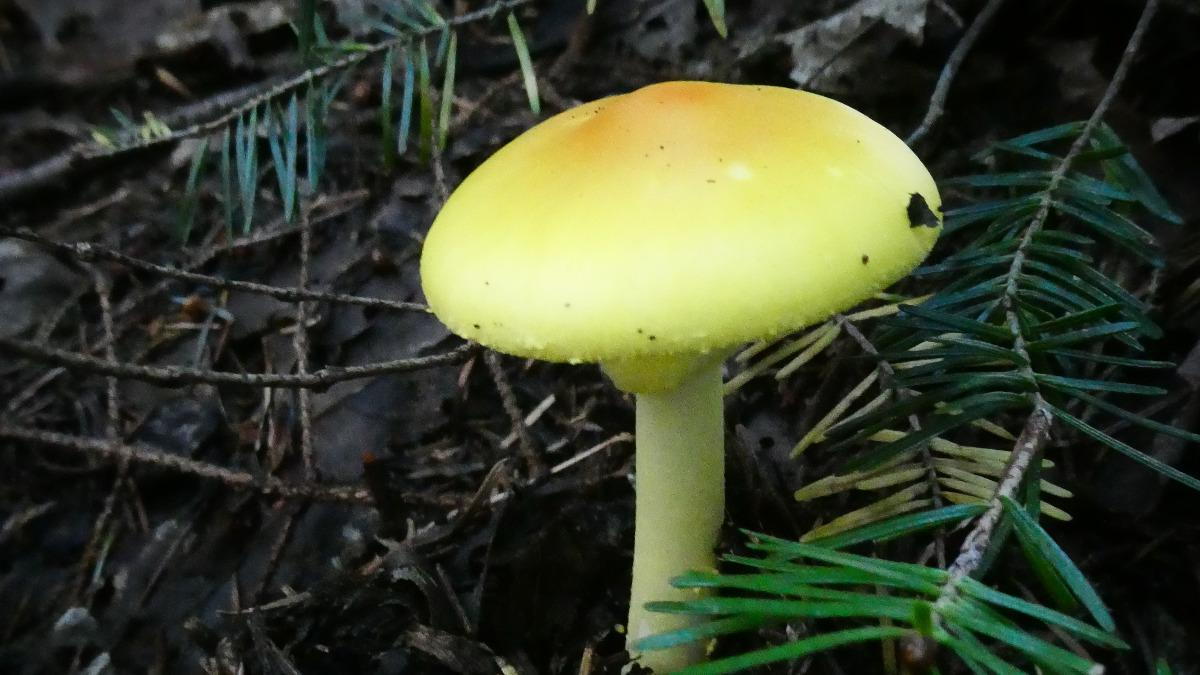Fall Hazards

- posted: Oct. 02, 2022
Fall Hazards
It’s finally fall in Southern Pennsylvania. Cool days, colored leaves and harvest festivals abound. But there are some things we need to be cautious of this time of year, especially when it comes to our four-legged friends.
- Corn cobs—summer corn season is over but dried corn cobs and corn stalks often figure prominently in fall décor and corn cobs may still be found in empty corn fields. Why are they a problem? Dogs may ingest corn cobs and, due to their cylindrical shape, they pose a huge risk for causing an intestinal obstruction. Never allow dogs to chew on or play with corn cobs. Make sure any decorations using corn are safely away from pets and do not allow dogs to roam unattended in corn fields. If you suspect your dog may have eaten a corn cob, particularly if he is not eating or has been vomiting, have your him seen by a vet immediately. Any dog who has ingested a corn cob is at risk for serious illness due to intestinal blockage and will likely need surgery to remove the cob.
- Mold and mushrooms—mushrooms or toadstools grow well in cool, damp weather and are prevalent in Pennsylvania yards and woods in the fall. While not all mushrooms are toxic, there are several toxic species in our area that can cause liver damage and may be fatal if eaten by a dog or cat. Compost piles can also be a source of toxic molds and fungus which can cause serious illness if pets eat scraps from the compost pile. Fungal toxins called mycotoxins can cause drooling, vomiting, stumbling, tremors and seizures. Use extreme caution and remove mushrooms from your yard or supervise pets to ensure they are not eating them. Monitor pets if walking or hiking in the woods. Make sure compost piles are off limits by covering them and placing them in an area where pets do not have access or fencing off your compost pile. If your pet has eaten a mushroom, seek veterinary care immediately.
- Rats, mice and other small rodents are seeking warmth and shelter this time of year and may enter our homes and barns. While rodents are undesirable, be extra cautious with how you keep the rodent population in check. Rodenticides (poisons used to kill rats and mice) are also highly toxic to dogs and cats and can be highly attractive to our pets. Grains and sweeteners added to attract the rodents are also tasty to pets. Depending on the type used, https://www.petpoisonhelpline.com/pet-owner-blog/fall-toxins-2/rodenticides can either cause internal bleeding or some can cause neurologic damage and seizures. Rodenticide ingestion is an emergency—these poisons can be fatal if not treated immediately. If you have pets, consider other methods of rodent control such as traps. If you must use rodenticides around your home, make absolutely sure they are placed in areas where pets cannot access them. If you know your pet has eaten rat bait or if your pet is ill and you have rodenticide in or around your home, seek immediate veterinary care.
Fall can be a wonderful time to enjoy the outdoors with your pets or to snuggle up with a warm blanket. But, take care that pets do not have access to corn cobs, mushrooms or compost piles or to any rodenticides as these fall hazards can cause serious illness or even death. Keep pets safe this autumn and see your vet if there is any chance your pet has been exposed to one of these hazards.
This blog brought to you by the Patton Veterinary Hospital serving Red Lion, York and the surrounding communities.
https://www.petpoisonhelpline.com/pet-owner-blog/fall-toxins-2/
Location
Patton Veterinary Hospital
425 E Broadway
Red Lion, PA 17356
